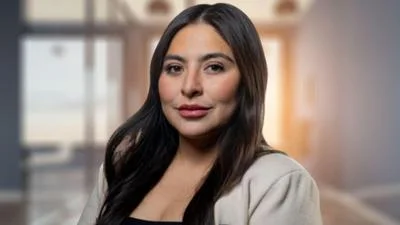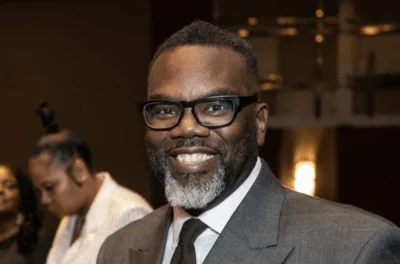Advocate Trinity Hospital issued the following announcement on Oct. 11.
Many injuries in the fall come from contact sports such as football and ice hockey. However, non-contact sports can create significant injury from repetition and overuse.
“Popular fall sports place high stress on the shoulder,” says Dr. Mark Neault, a sports medicine specialist and orthopedic surgeon with Advocate Medical Group Orthopedics and Advocate Condell Medical Center in Libertyville, Ill. “Once school starts, it’s not long before I begin seeing athletes participating in overhead sports who come to the office complaining of shoulder pain, “ he adds.
Tennis, volleyball and baseball – all sports using an overhead motion, involve repeated high stress on the stabilizing components of the shoulder. Cocking the arm up and behind the head with subsequent follow-through places significant stress on structures that keep the ball of the shoulder joint in the socket.
Dr. Neault explains, “The shoulder is one of the most complex joints of the human body.” Four tendons called the rotator cuff stabilize the head of the humerus (upper arm). The biceps and muscles in the upper back work together to provide stable support for the shoulder. When one of these structures becomes weakened due to repetitive stress, other structures must handle the overload.
A variety of shoulder injuries can affect an overhead athlete. Sometimes it’s an acute snap, such as in a tendon injury, that brings the athlete to the office. Other times, the patient will complain of a nagging achiness that keeps performance suboptimal. In either case, initial treatment is often medical management.
“I encourage my injured athletes to try ice and anti-inflammatories as the first-line of treatment for a painful shoulder,” suggests Dr. Neault. “In addition, physical therapy can go a long way in improving shoulder pain and strengthening weak shoulder structures.” When these conservative treatments fail to provide relief, or when the initial injury is profound, additional imaging such as a MRI can be instrumental in viewing the soft tissue structures not visible on plain x-ray.
“The good news is that minimally invasive arthroscopic surgical techniques can now be used to repair a variety of shoulder injuries – decreasing post-surgical pain, shortening recovery and hastening a healthy return to sport,” says Dr. Neault.
Those overhead athletes – both young and old – suffering from chronic shoulder pain may want to seek orthopedic consultation, as a variety of treatments are available to help keep play both fun and comfortable.
Original source can be found here.

Source: Advocate Trinity Hospital






 Alerts Sign-up
Alerts Sign-up